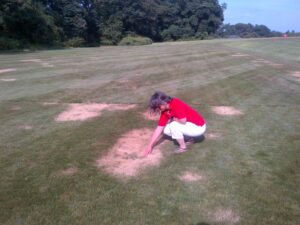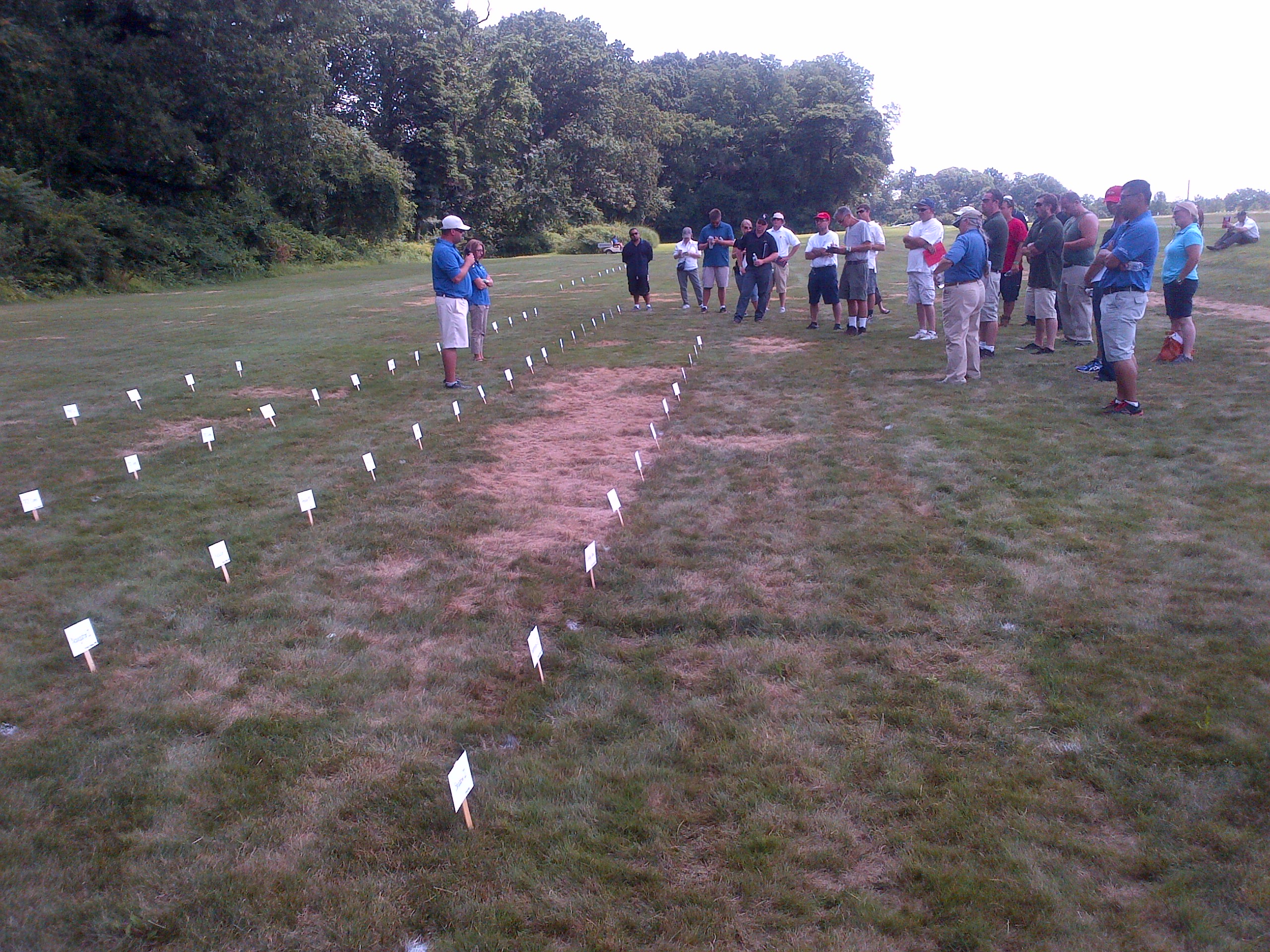By Jim Murphy
We are seeing and hearing about increasing problems with green and false kyllinga; both are very troublesome invasive weed species that have moved northward into New Jersey. Green kyllinga and false green kyllinga are very similar in appearance, and both are referred to as green kyllinga. Green kyllinga is very difficult to control once large mats form.
These weeds thrive under mowing and are prolific in areas that are poorly drained or frequently wet. If you do not have control over irrigation, encourage property owners to reduce irrigation when you find that the turf is frequently wet during dry weather; excess irrigation makes the problem worse.
Unfortunately for us, there are fewer herbicide options in the cool-season turfgrass market than in warm-season turfgrass market to our south. [Read more…]


